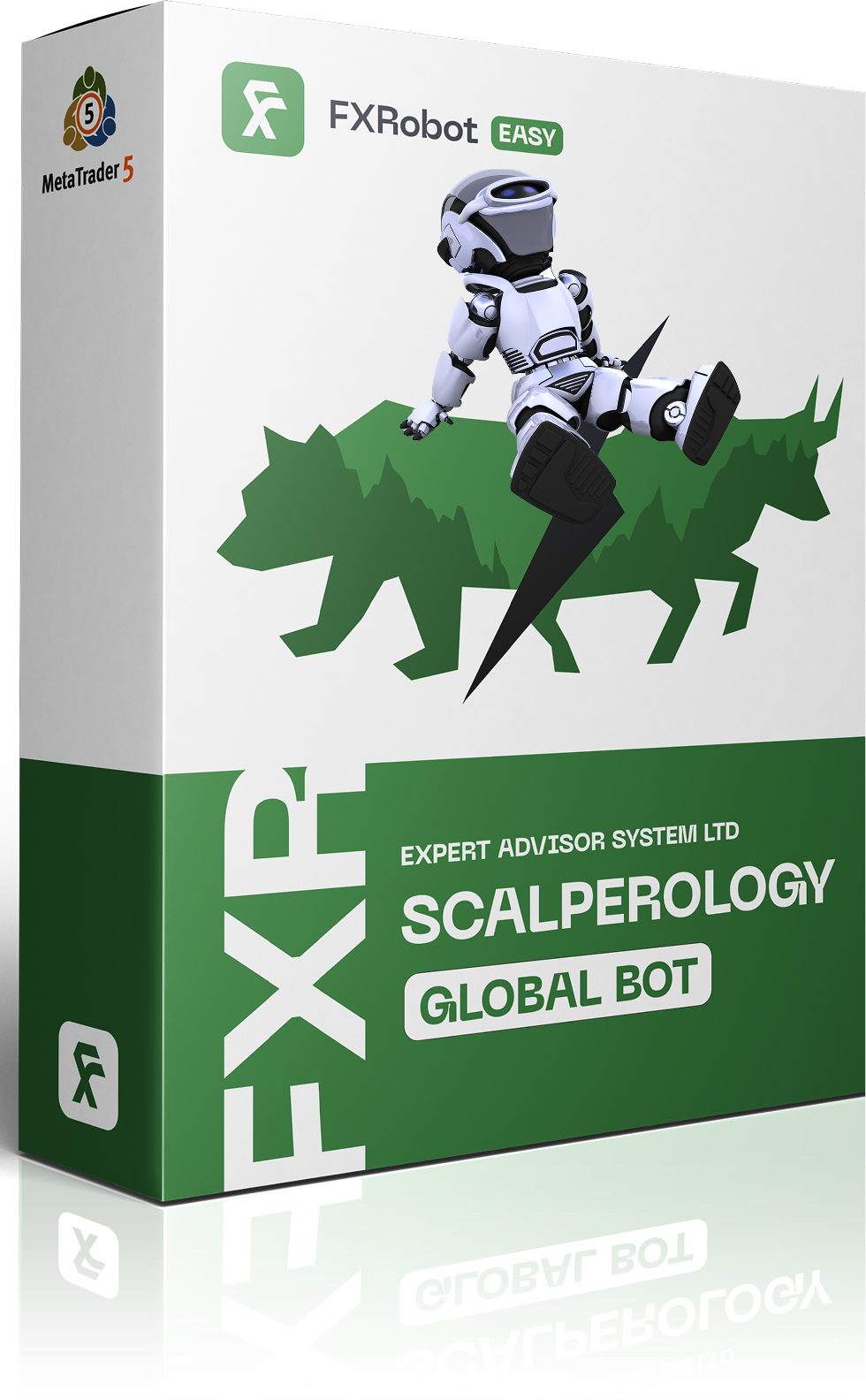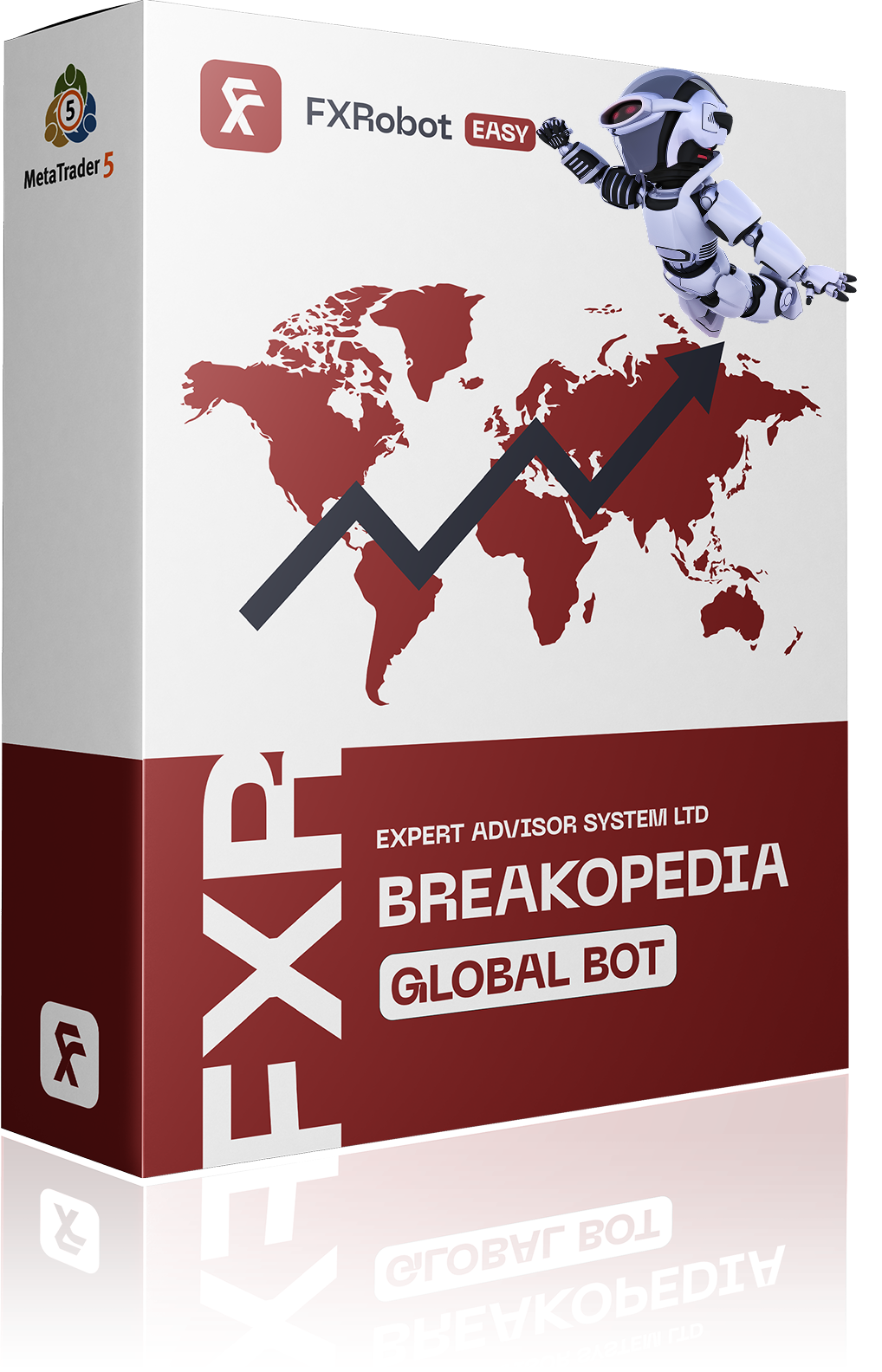At this time, purchasing EASY Bot items is not available to all members. Read more - how to get access to purchase
High-Frequency





Overview of High-Frequency Trading Robots 🚀
High-frequency trading robots represent a cutting-edge approach to automated trading, leveraging advanced algorithms and high-speed data processing to make split-second decisions. These sophisticated systems are designed to identify trading opportunities that may only exist for a brief moment, capitalizing on small price movements that manual traders may overlook.
Operating on the principle of executing multiple trades quickly, HFT robots rely on a range of strategies, including scalping and arbitrage, to generate profits. Algorithmic trading helps to minimize human errors, eliminating emotional biases and enhancing overall efficiency.
- Speed is paramount; these robots can execute trades in milliseconds, making them highly competitive in fast-paced markets.
- They analyze vast amounts of data to identify patterns and trends, ensuring informed trading decisions are made based on real-time information.
- Risk management features are integrated, allowing for automatic adjustments of trade sizes and stop-loss settings based on the prevailing market conditions.
The rise of high-frequency trading has transformed the financial landscape, making these robots essential tools for traders aiming to maximize their returns in an increasingly digital marketplace.
Core Features and Strategies ⚙️
High-frequency trading robots are distinguished by several core features that enhance their performance and effectiveness in the financial markets. A primary characteristic is their ability to analyze vast sets of market data within fractions of a second, facilitating precise decision-making in dynamic environments.
One fundamental strategy employed by these robots is scalping, which focuses on making numerous small trades throughout the day to accumulate modest profits that can add up significantly. Another prevalent technique is arbitrage, which exploits price discrepancies across different markets or trading platforms, allowing traders to buy low in one area and sell high in another.
- Advanced algorithm development ensures that robots can adapt their strategies based on changing market conditions, enhancing their resilience and competitive edge.
- Incorporation of sophisticated risk management systems helps to mitigate potential losses by automatically adjusting parameters such as stop-loss orders and position sizes.
- Real-time tracking of market signals allows for timely execution of trades, capitalizing on fleeting opportunities that manual traders may miss.
Combined, these features and strategies empower high-frequency trading robots to navigate complex market landscapes efficiently, making them invaluable tools for traders seeking to maximize their profitability.
Notable High-Frequency Trading Robots 🏆
In the landscape of automated trading, several high-frequency trading robots have distinguished themselves due to their innovative features and consistent performance. These tools have become essential for traders aiming to thrive in fast-paced markets.
One prominent example is the HFT Pro MT5. This robot excels in executing trades within milliseconds, utilizing an advanced algorithm tailored for optimal stop-loss management and precise market entry points. Its capability to process vast amounts of data allows it to capitalize on short-lived trading opportunities effectively.
Another noteworthy trading robot is Investra, designed specifically for the EURAUD currency pair. It incorporates comprehensive technical analysis, enabling it to make sound trading decisions quickly. Users have reported significant improvements in their trading results due to Investra's focus on high precision and risk control.
- Finox is another robust option, particularly for traders focused on the AUDUSD pair. Its unique strategy adapts to 5-minute chart patterns, ensuring timely trades that align with market volatility.
- The Forex Genius trading robot stands out with its user-friendly interface and customizable parameters, catering to both novice and experienced traders.
Together, these notable high-frequency trading robots exemplify the technological advancements that allow traders to optimize their strategies and enhance profitability in an ever-evolving financial landscape.
Essential Considerations for Users 📈
When engaging with high-frequency trading robots, users must take several critical factors into account to ensure a successful trading experience. First and foremost, selecting the right broker is essential; traders should look for platforms that offer low spreads and fast execution speeds to maximize the effectiveness of their automated strategies.
Another consideration is the necessity of a robust technical setup. High-frequency trading often relies on a Virtual Private Server (VPS) to minimize latency, ensuring that trades are executed promptly without delays that could diminish profitability. This is particularly important when dealing with strategies that require rapid-fire execution.
- Understanding the underlying algorithms of the chosen trading robot is vital. Users should familiarize themselves with how the robot operates and its specific strategies to align their expectations with actual performance.
- Regular monitoring of trading performance is crucial. While automation offers convenience, periodic reviews can help identify any necessary adjustments based on market conditions or changing trading goals.
- Lastly, users must maintain an awareness of their risk tolerance. High-frequency trading can be volatile; thus, setting appropriate risk management parameters within the trading robot is paramount to safeguard investments.
By considering these factors, users can enhance their experience with high-frequency trading robots and navigate the complexities of the financial markets more effectively.
Conclusion and Future Prospects 🌟
The evolution of high-frequency trading robots marks a significant advancement in the trading landscape, enabling traders to engage with markets at unprecedented speeds. As technology continues to progress, these automated systems are becoming increasingly sophisticated, incorporating enhanced algorithms and machine learning capabilities that empower traders to make data-driven decisions in a matter of milliseconds.
Moving forward, the integration of artificial intelligence will likely play a crucial role in the future of high-frequency trading. By leveraging AI capabilities, robots can analyze vast data sets even more efficiently and adapt to changing market conditions in real-time. This evolution will enhance their predictive power, potentially leading to improved profitability for users.
- Moreover, the increasing accessibility of high-speed trading tools means that both institutional and retail traders can benefit from high-frequency strategies in various markets.
- As regulatory frameworks evolve, compliance will become increasingly important. Traders must stay informed about relevant regulations to avoid pitfalls and ensure that their automated trading practices are in line with legal standards.
- Finally, as competition intensifies, the focus on developing unique strategies tailored to specific market niches will be paramount. Innovations in technology and strategy will distinguish successful traders from the rest.
In summary, high-frequency trading robots represent a dynamic facet of the financial markets. By embracing technological advancements and maintaining a keen awareness of market trends, traders can position themselves for long-term success in this fast-paced environment.